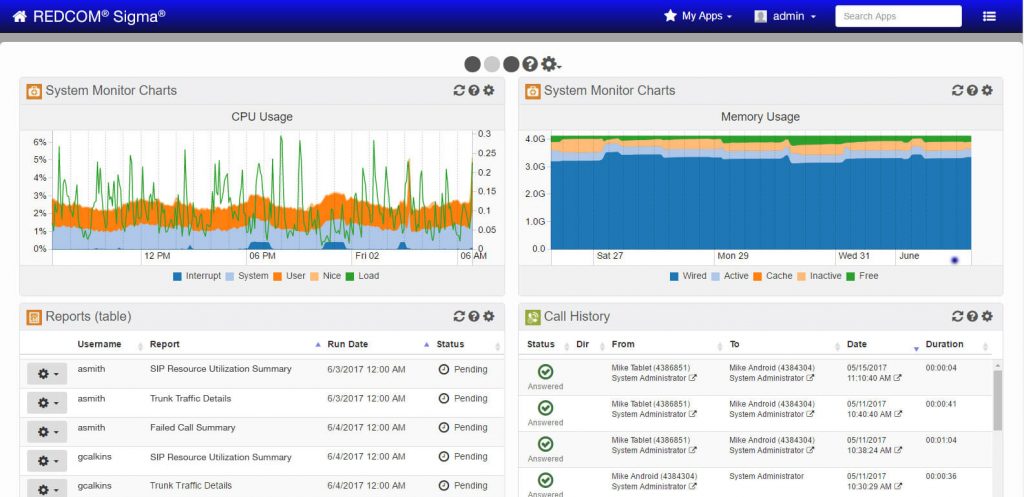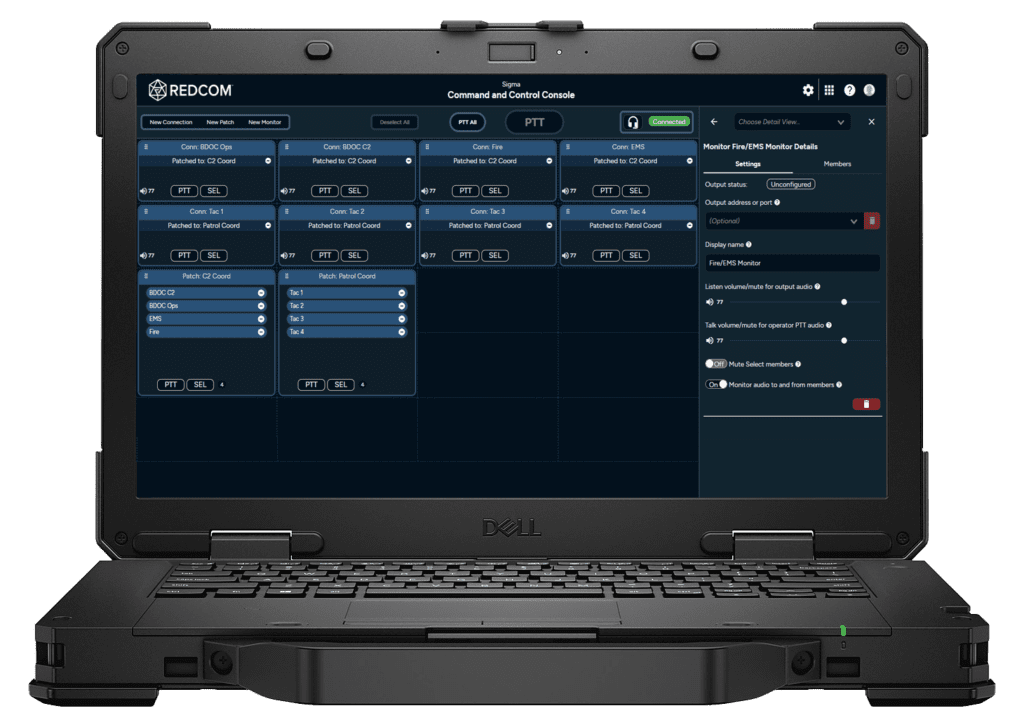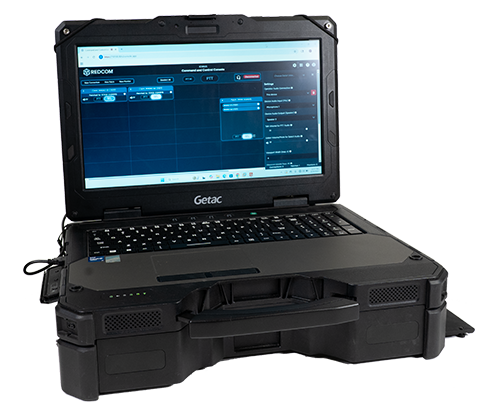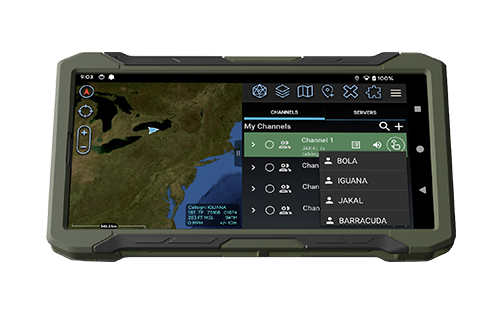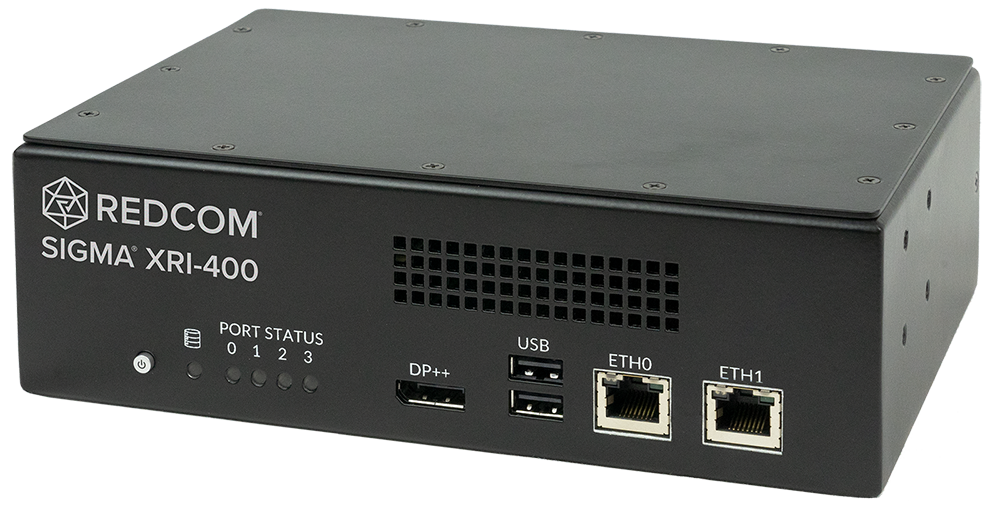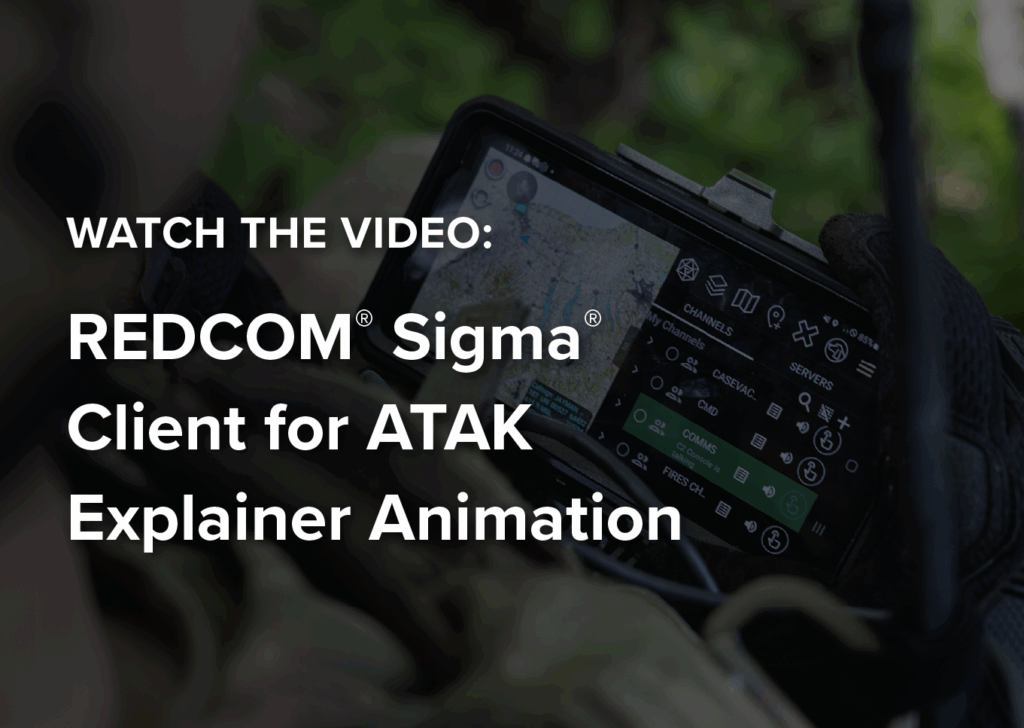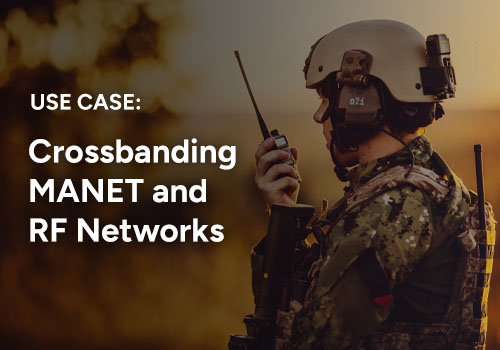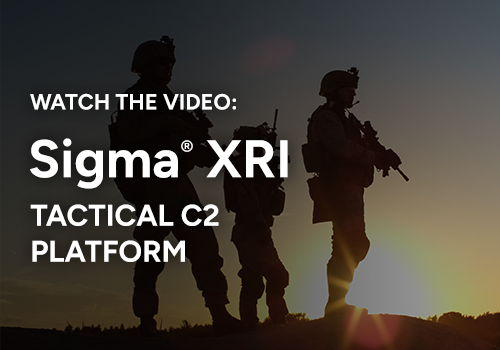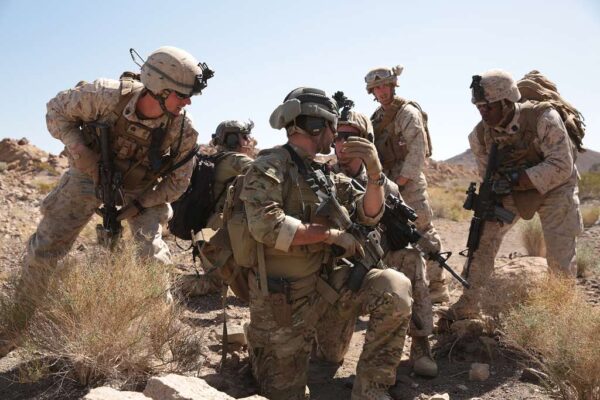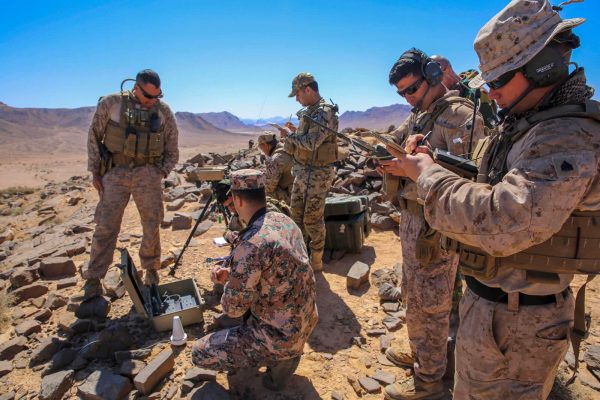What is Tactical Communications?
Tactical communications is the transfer of critical information between two or more parties, often in scenarios where there is a particular need for precision, efficiency, and teamwork such as the battlefield. It can also refer to the voice, data, and video networks used by military units and emergency responders in the field. This includes using tech such as handheld radios, VoIP phones, and/or ruggedized laptops – all built for harsh, contested environments.
They must operate through all terrains, weather, and electronic interference, providing secure connectivity even with limited infrastructure. Ultimately, tactical communications form the backbone of operations, delivering situational awareness and command-and-control to units on the move.
Common Features in Tactical Communications Technology:
- •Integrated Voice, Video, and Data: Modern tactical networks unify voice conferencing, chat, video feeds, and data links so teams can share intelligence instantly.
- •Robust Security and Resilience: Using Type‑1 encryption and anti-jam measures to protect sensitive communications in contested areas.
- •Rugged, Mobile Hardware: Equipment is designed for field use – compact, durable, lightweight, and quickly deployable at any location.
- •Interconnectivity: They interconnect radios (HF, VHF/UHF, etc.), satellite terminals, and IP networks so units can always reach each other.
Why Tactical Communications Are Critical in Modern Defense and Emergency Operations
Military Communications
Reliable tactical communications are critical to mission success. On the battlefield, decision superiority depends on the ability to see and act on current information. By connecting units with command posts and ISR (Intelligence, Surveillance, Reconnaissance) assets, tactical networks create a real-time common operating picture. Today’s operations require lightweight and compact communications systems so that warfighters can make timely decisions and quickly deliver intel from field locations. When communications work, units stay aware and synchronized; when they fail, they can become isolated, missions can be compromised, and lives can be lost. Current practices, like relying on a single aerial relay, are unsustainable. American lives depend on this communication being unimpeded and in constant operation.
REDCOM Sigma is built so that communications can be fully operational within minutes no matter where you go, giving expeditionary forces a tactical advantage by maintaining mobility and interoperability.
Emergency Response Communications
The same principles apply to emergency response scenarios. In disasters or crises, public safety agencies depend on tactical comms to coordinate rescues. FEMA’s disaster communications plan calls for deploying mobile command setups with land mobile radio, satellite, HF, data, and cellular capabilities to support incident-site command and control. First responders need a seamless flow of voice, video, and data. Charlie Guddemi, the Statewide Interoperability Coordinator for the D.C. Homeland Security and Emergency Management Agency, notes that, without a reliable link, “incident commanders lack the necessary situational awareness” to manage an emergency. When firefighters, paramedics, and law enforcement share information in real-time, response efforts are faster and safer.
In both military and civilian missions, insufficient communications can have dire consequences. On the flip side, well-designed tactical networks save lives and achieve objectives.
The Importance of Interoperability in Tactical Communications Technology
Interoperability – the ability for different equipment and organizations to communicate – is a linchpin of tactical communications. Today’s forces and agencies often deploy a mix of radios, satellites, and IP devices from multiple vendors. If those systems do not interoperate, critical data and information gets siloed. The U.S. Army describes establishing and maintaining tactical communications across battalions, divisions, companies, and platoons – including joint forces, coalition partners, and civilian agencies – as an incredibly complex endeavor, but a crucial one. Proliferating disparate radios can lead to an inability for warfighters to reliably and securely communicate, undermining situational awareness and mission success. In other words, even the most advanced devices are ineffective if they can’t talk to each other.
To prevent that, modern tactical systems are moving towards embracing open standards and gateway technologies. For example, REDCOM’s Sigma suite includes the Sigma XRI – a compact intelligent radio gateway that bridges the gap between disparate radio systems used by military units, government agencies, and public safety organizations. The XRI can simultaneously connect multiple waveforms and frequencies, so a soldier using a Silvus MANET radio can directly communicate with someone using an HF, UHF, or VHF radio from different vendors.
Tactical comms must be interoperable with other communication systems used by different units or agencies to ensure seamless communication during joint operations. U.S. Army Futures Command leadership notes that enhancing interoperability of tactical radio and battlefield communications is key to enabling optimal function in future missions. Effective interoperability extends from technology down to processes: cross-agency exercises and common channel plans help ensure that during a crisis or joint operation, every participant can plug in and share the C2 picture. By emphasizing interoperability in the design and manufacturing of comms equipment, tactical networks maintain flexibility.
How REDCOM Sigma Enhances Tactical Communications for Its Users
REDCOM Sigma was built to address these tactical comms requirements. It is a fully software-based Command & Control platform that unifies voice, video, chat, and conferencing in one system. By running on standard hardware and open protocols, Sigma increases operational flexibility while reducing size, weight, and power (SWaP) requirements at the tactical edge. In essence, Sigma lets users carry less bulky equipment without losing necessary communication capabilities. Sigma works across all domains, giving operators unparalleled situational awareness and interoperability across network types for maximum redundancy in DDIL environments.
While Sigma can be installed on bare metal, most customers prefer to install Sigma on a hypervisor. If you already have an established virtualization environment, adding Sigma to your compute environment is straightforward and seamless. Sigma can interoperate with legacy or existing technology so units can adopt new radios or integrate joint forces without redesigning the network.
Featured REDCOM Sigma Product Variants
Sigma XRI
Our Sigma XRI product is a small form factor C2 comms platform with an integrated gateway that bridges the gap between disparate radio systems used by military units, government agencies, and public safety organizations. The XRI allows any approved radio to join the same communications net, vastly improving tactical communications.
Sigma Client
The Sigma Client app has push-to-talk (PTT) functionalities that allow users on Android or Windows devices to merge voice and data into “a single pane of glass” for mission coordination. The result is a dramatically lighter and simpler tactical comms stack.
REDCOM Sigma is the C2 Platform You’re Looking for to Enhance Tactical Communications
The importance of adopting emerging tactical communication technologies can not be overstated. Whether on the battlefield or in emergency response scenarios, mission success will be dictated by the ability to communicate effectively at the tactical edge. REDCOM Sigma allows its users to do just that. If you’d like a demo of REDCOM’s tactical communication solutions, contact our sales team at sales@redcom.com or fill out the form on our contact page, and we will be in touch shortly.
